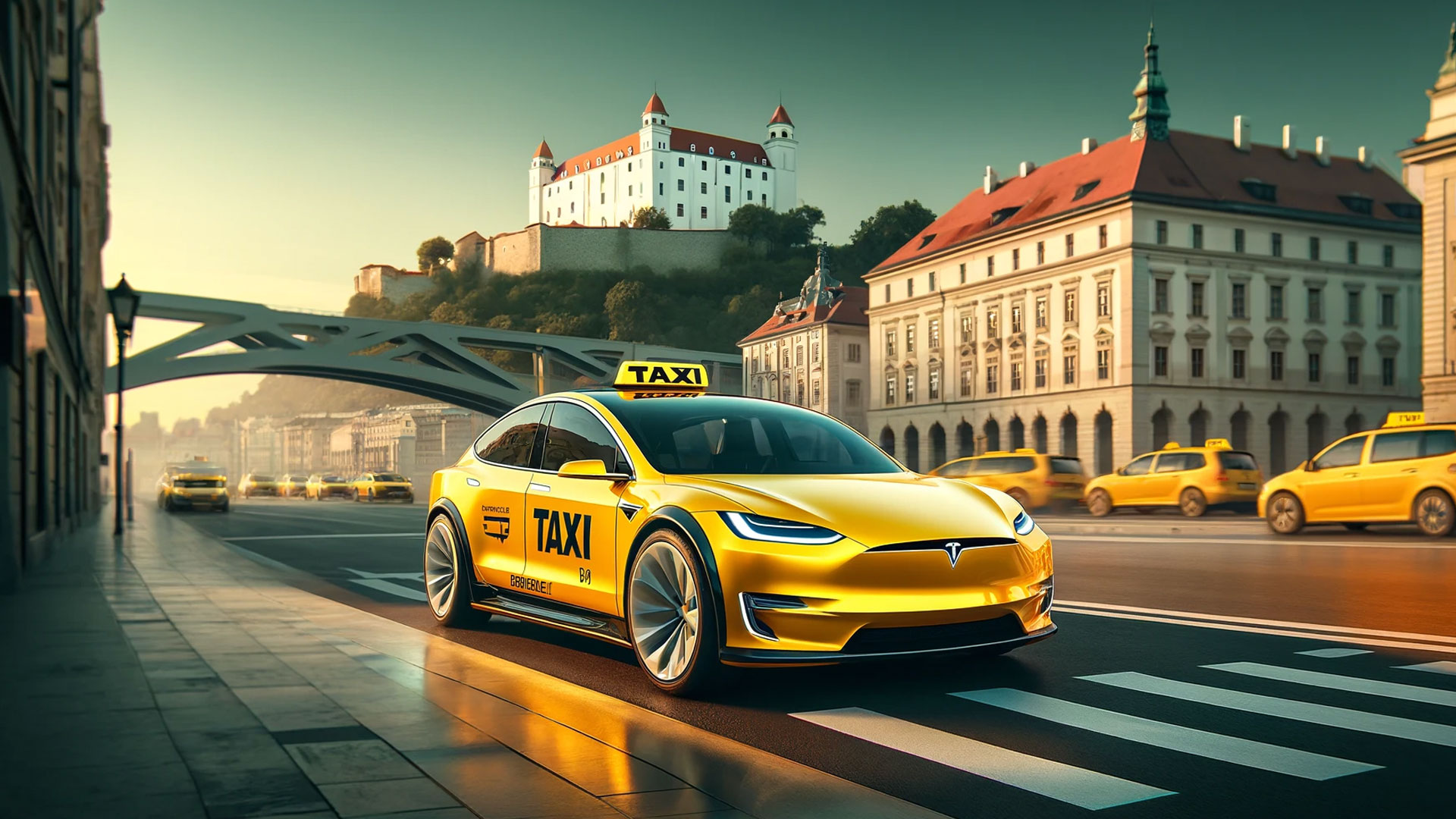Elon Musk’s Visionary Blueprint for the Future of Urban Transportation
Elon Musk—the architect behind Tesla, SpaceX, Neuralink, and The Boring Company—has made a career of turning radical ideas into mainstream technology. Now, it appears he’s quietly working on yet another potentially disruptive venture: a revolutionary, AI-powered autonomous taxi service that could fundamentally change how we navigate our cities.

Unlike his usual grand announcements, Musk seems to be taking a “hidden in plain sight” approach this time, embedding the groundwork for this transportation revolution within Tesla’s current roadmap. While no official announcement has been made, the clues are growing harder to ignore.
A Future-Forward Taxi System: Clean, Efficient, Autonomous
Insiders close to the project suggest that this new initiative centers around a fleet of fully electric, fully autonomous taxis—built using Tesla’s in-house vehicle platforms, AI software, and energy technologies. These next-gen robotaxis would:

-
Operate without human drivers, powered by Tesla’s Full Self-Driving (FSD) software.
-
Use clean, battery-electric energy from Tesla’s ultra-efficient powertrain.
-
Integrate seamlessly into Musk’s larger energy ecosystem—potentially drawing solar power or leveraging Tesla Powerwalls for low-cost overnight charging.
Unlike existing ride-hailing apps that rely on human labor and conventional vehicles, Musk’s system aims to remove both from the equation—cutting costs, emissions, and friction for users.
Technology Already in Motion
While Tesla has yet to unveil a finished product or brand name for this service, many of its foundational components are already active:
-
FSD Beta is improving rapidly, with Tesla vehicles gathering millions of real-world driving miles daily.
-
The Optimus robot project hints at Musk’s long-term vision for AI integration into everyday tasks.
-
Tesla’s Dojo supercomputer is built to train massive AI models for full autonomy.
-
Tesla vehicles already feature hardware necessary for driverless operation—cameras, ultrasonic sensors, and onboard processing units.
All of this suggests the infrastructure for a self-driving taxi network is already under development—not five years away, but perhaps already quietly testing in limited deployments.
“Hidden in Plain Sight”: Musk’s Strategic Playbook
Elon Musk is known for revealing world-changing products through surprise demos, viral tweets, or sudden beta rollouts. In this case, the secrecy may be strategic. Analysts believe Musk is preparing for a silent launch or soft pilot of Tesla’s ride-hailing network once regulatory clearance is granted in key regions.

Instead of following Uber or Lyft’s trajectory, Tesla’s version would be:
-
Driverless from day one
-
Owned and maintained by Tesla or vehicle owners themselves (Tesla Network concept)
-
Powered entirely by electricity, eliminating gasoline use and lowering per-mile operating costs dramatically
This positions the Tesla taxi not just as an Uber alternative—but as a paradigm shift for urban travel.
Competitive Impact: A Direct Threat to Uber and Lyft
If realized, Musk’s robotaxi fleet could pose a significant threat to existing ride-hailing giants, who depend heavily on human drivers and third-party vehicles. Here’s how Tesla’s service could outmatch them:
| Feature | Traditional Taxi / Ride-Hailing | Tesla Robotaxi |
|---|---|---|
| Driver Cost | High (per ride) | $0 (fully autonomous) |
| Emissions | Variable | Zero-emissions EVs |
| Maintenance | Decentralized | Centralized Tesla service |
| User Experience | Mixed | AI-optimized & consistent |
| Pricing | Surge-based | Lower due to automation |
By removing drivers and scaling autonomous vehicles, Tesla could offer rides at a fraction of the current cost—and still maintain high margins.
Strategic Synergy: Part of a Bigger Ecosystem
This taxi service would not operate in isolation. Instead, it would likely serve as the public-facing front end of Musk’s larger clean-energy vision, tying into:
-
Tesla Energy (solar panels, Powerwalls)
-
Starlink (connectivity for remote vehicle management)
-
xAI (Tesla’s dedicated AI research for real-time autonomy)
-
Neuralink and Optimus (longer-term human-AI synergy)
These elements form an ecosystem where transportation, energy, and AI converge to serve cities and consumers in more intelligent, sustainable ways.
Launch Timeline: What to Expect
While Tesla hasn’t confirmed the official launch, industry watchers anticipate:
-
Prototype unveilings in 2025
-
Soft launches or closed testing in select U.S. cities
-
Regulatory lobbying and infrastructure investments in key regions
-
Potential Starlink-integrated ride management for rural coverage
Tesla has also hinted that future vehicles—like the Tesla Robotaxi model (a car with no steering wheel)—are already in the works.
Conclusion: A Tipping Point in Urban Mobility
Elon Musk’s secret plan for a robotaxi network isn’t just another app or fleet—it’s a transportation revolution hiding in plain sight. By quietly building the software, hardware, and infrastructure behind the scenes, Musk is laying the groundwork for what could become the world’s first mass-scale, autonomous ride-hailing service.
With implications that stretch across mobility, clean energy, artificial intelligence, and urban infrastructure, this project could eclipse even Tesla’s car business in terms of impact.
As more details come to light, one thing is certain: Elon Musk isn’t just redefining how we drive—he’s redefining how cities move.